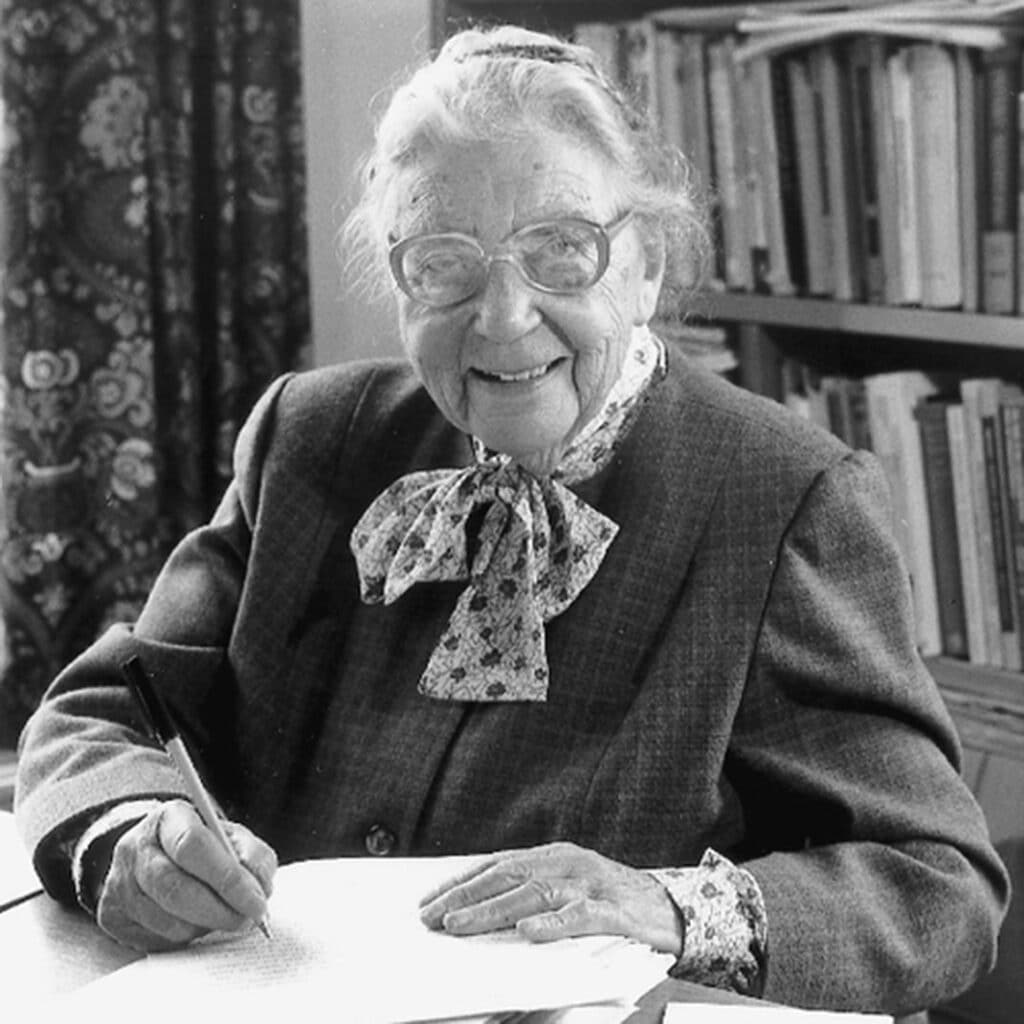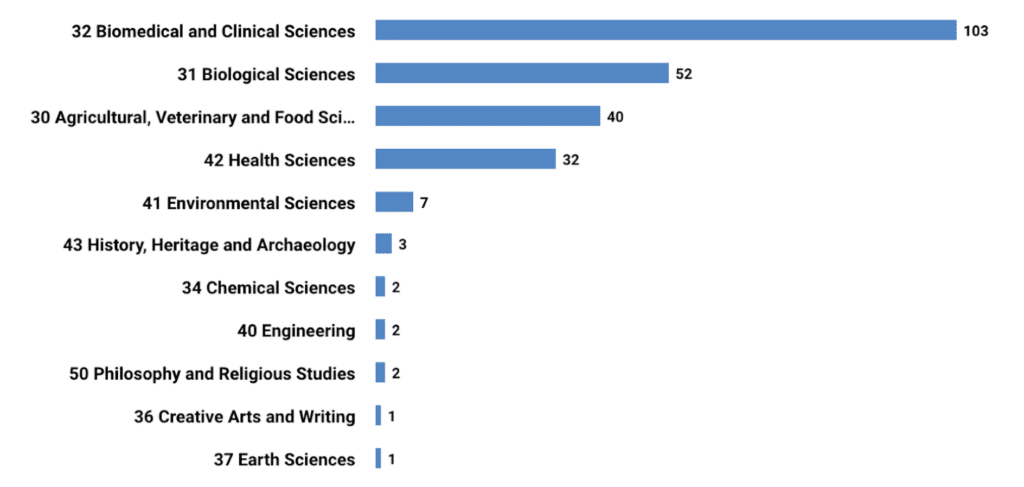Subscribe to our newsletter
Elsie Widdowson: Long-lasting impact on health
In the final of our series to celebrate Women’s History Month, we look at the remarkable career of Elsie Widdowson. Born in 1906, she was one of the first women to graduate from Imperial College, London, and went on to earn her first PhD from there. Following an early research interest in plants, she became an expert in human diets, going on to provide invaluable input into the UK’s rationing project after World War II.
Celebrating Women’s History Month

In this short series of blogs, Digital Science is using modern tools to assess three women and their research legacies to amplify their achievements during Women’s History Month. We saw earlier this month the major contributions made by Marie Maynard Daly and Rita Levi-Montalcini, and in the final part we review the impact made by Dr Elsie Widdowson in her long career.
The first remarkable thing to note about Dr Widdowson is the change in disciplines she covered in her early work. At first she was interested in plants, and her first PhD at Imperial College involved long-term experimentation on carbohydrates in apples. But following that she switched from plants to humans, and in particular the biochemistry of our bodies. Firstly she looked at the functioning of kidneys, and then moved on to the relatively new field of dietetics. It appears that these changes were in part due to difficulties in securing a long-term position in what would have been a male-dominated era.
The second thing to note here is that, working with co-researcher Dr Robert McCance, their publications on nutrition quickly became the seminal text for those studying the area in the post-war period. Recognising her expertise, she helped the UK government formulate a plan to increase vitamin intake into people’s diets which were restricted due to rationing. Much of her work focused on the health of the fetus and babies according to the milk they drank, and this work was not just restricted to people. Gestation and growth patterns and how they were related to nutrition were studied in everything from elephants to blackbirds to pigs. However, the relative health of people in that period will still be felt today by those still living and the families they were able to bring up.
The third impressive aspect of her career is not only her productivity over such a long period, but the number of major contributions across so many different fields. Recently the Dimensions database was upgraded to include the updated Fields of Research (FoR) categorisations used in Australia and New Zealand. In the course of her career, Dr Widdowson published 159 articles – 63 of them with her long-time collaborator Dr McCance – and around two thirds of these were in her core area of Biomedical and Clinical Sciences (see chart). One might expect most authors to then have a few papers here and there in adjacent FoRs, but Dr Widdowson has 40 papers in Agricultural, Veterinary and Food Science, 32 in Health Sciences and seven in Environmental Sciences. She also has a handful of papers in other areas, but they are in no way adjacent, publishing articles in areas such as Engineering and History, Heritage and Archaeology.

Later in her career, Dr Widdowson retired from work in one lab only to take up a position at another lab in Cambridge to further her research career. It is perhaps fitting that when she published her final article – some 64 years after her first when she was well into her 90s – it was a dedication to her co-author Dr McCance after he died following a similarly long and distinguished career.

About the Author
Simon Linacre, Head of Content, Brand & Press | Digital Science
Simon has 20 years’ experience in scholarly communications. He has lectured and published on the topics of bibliometrics, publication ethics and research impact, and has recently authored a book on predatory publishing. Simon is also a COPE Trustee and ALPSP tutor, and holds Masters degrees in Philosophy and International Business.
